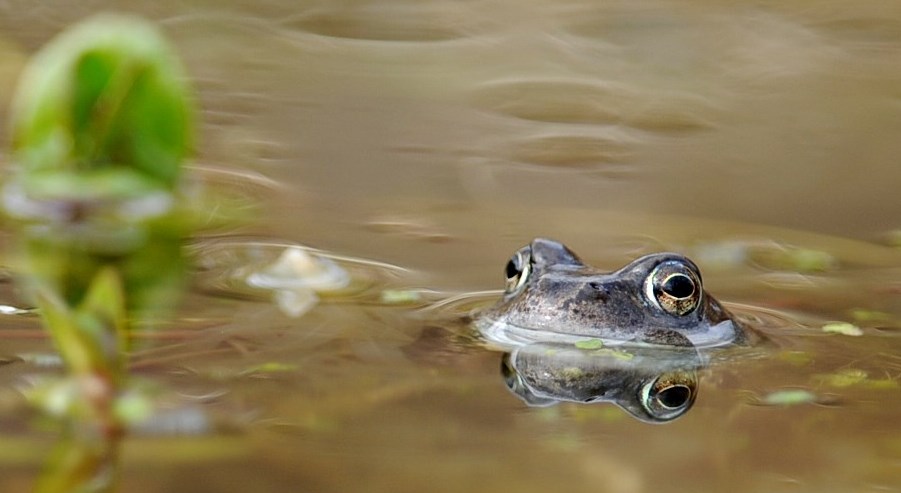 This is probably the best buzzard photo I took on the trip. Many bird of prey portraits you see are of captive birds, but this was truly wild and was taken from about 5 metres distance from the underground hide.
This is probably the best buzzard photo I took on the trip. Many bird of prey portraits you see are of captive birds, but this was truly wild and was taken from about 5 metres distance from the underground hide. I love this long eared owl shot. It really takes me back to the day. The weather was clear and crisp and Janos our guide took us to a suburban roost which are apparently common in this part of europe. Janos estimated there were about 150 owls in the roost of which we counted about 90. It was such a weird sight seeing so many owls in roadside trees with passers-by walking a few feet beneath the birds. The owls seemed so unconcerned - so different to long eared owl sightings in the UK.
I love this long eared owl shot. It really takes me back to the day. The weather was clear and crisp and Janos our guide took us to a suburban roost which are apparently common in this part of europe. Janos estimated there were about 150 owls in the roost of which we counted about 90. It was such a weird sight seeing so many owls in roadside trees with passers-by walking a few feet beneath the birds. The owls seemed so unconcerned - so different to long eared owl sightings in the UK. We were supposed to be photographing white-tailed eagles, but despite many sightings during our visit, none decided to appear on the cat-fish that had been staked out in front of the hide, so we had to make do with Caspian gulls. Bill and John are gull aficionados and have started finding caspian gulls locally in recent years. They appreciated the time to study so many different plumaged caspians at such close quarters. It was a real learning experience for me too having not come across caspian gull in the UK and in some way made up for the lack of w-t eagles. To see what we should have been photographing take a look at Mike Watson's blog for December 2007!
We were supposed to be photographing white-tailed eagles, but despite many sightings during our visit, none decided to appear on the cat-fish that had been staked out in front of the hide, so we had to make do with Caspian gulls. Bill and John are gull aficionados and have started finding caspian gulls locally in recent years. They appreciated the time to study so many different plumaged caspians at such close quarters. It was a real learning experience for me too having not come across caspian gull in the UK and in some way made up for the lack of w-t eagles. To see what we should have been photographing take a look at Mike Watson's blog for December 2007!All is not lost on the w-t eagle front as Janos promised us a return visit as we blanked on the eagles. I think this is partly because the this was the first year for the hide and it's location was somewhat experimental; on sunny days the early morning sun illuminates the inside of the hide and even with camoflague clothing and scrim netting it is nearly impossible to prevent spooking the birds from the slightest glint from a camera lens. Janos informed us that the hide will be rotated a few degrees further towards the north in the summer so next winter the sunlight problem should be eliminated. Hopefully we'll find out when we return.

